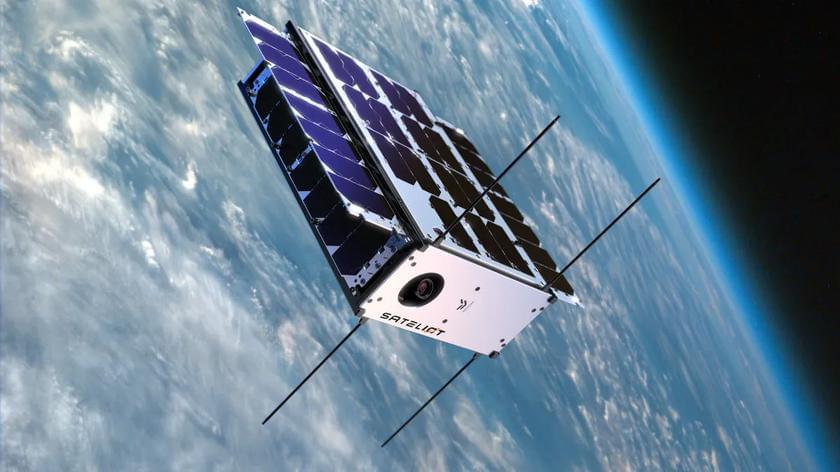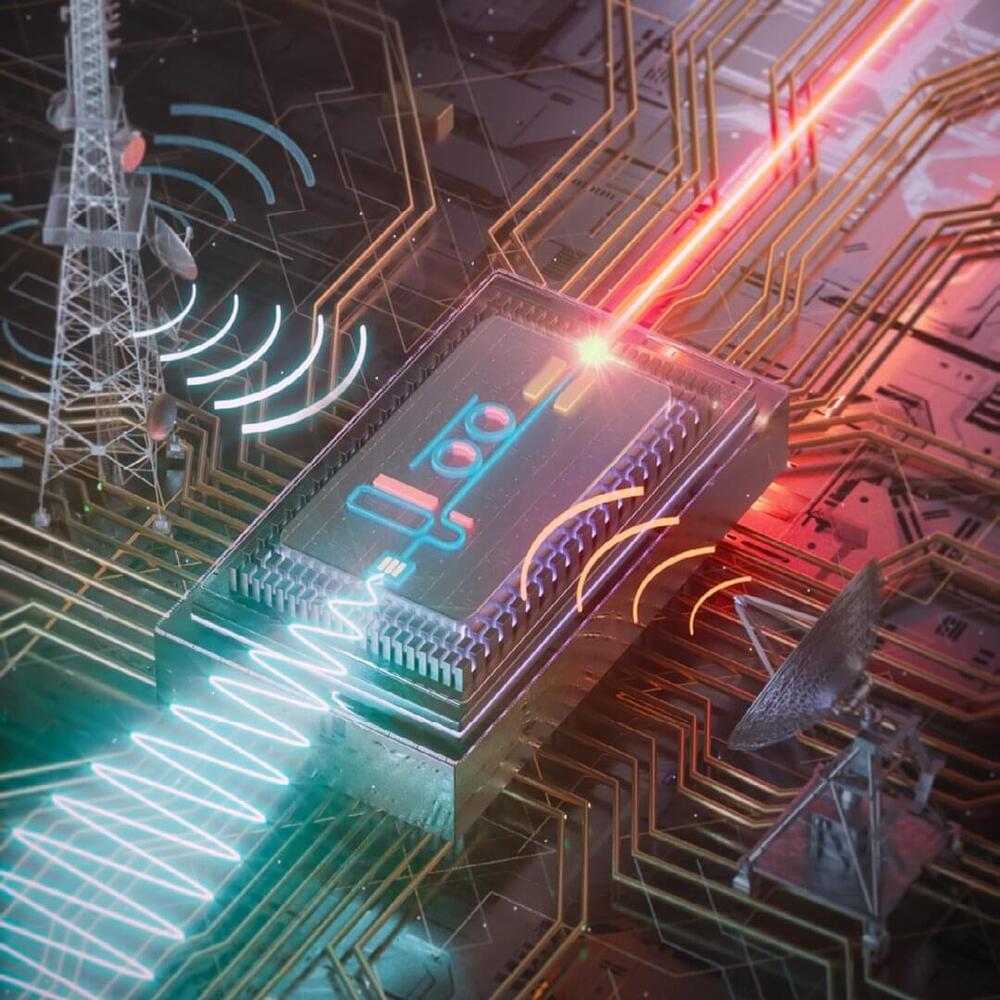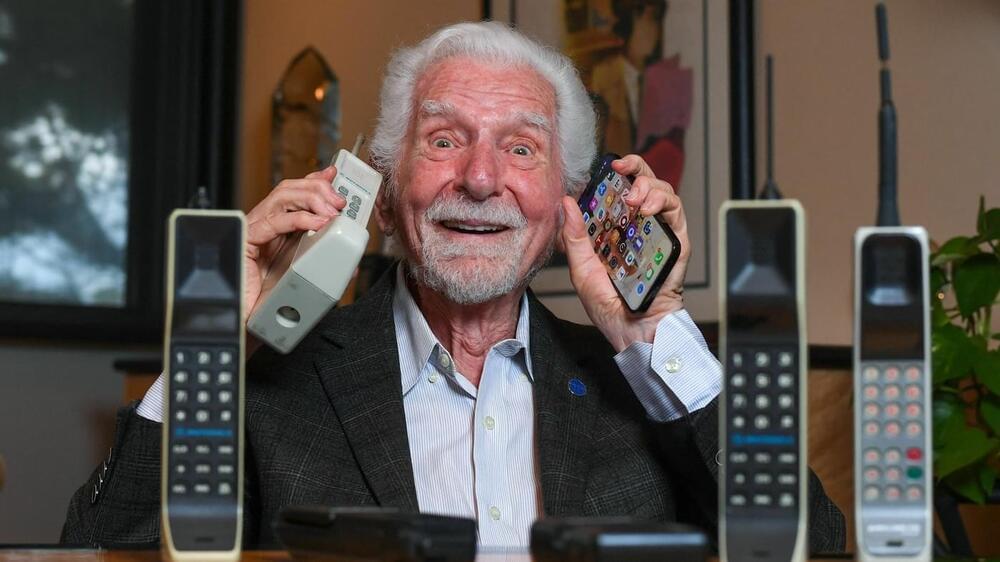We flew out to Salt Lake City, Utah, to get an exclusive look at the company behind some of the most advanced implantable neurotechnologies, Blackrock Neurotech. Brain implants are here, and they’re becoming more and more advanced every day. The Utah Array and Neuroport system allows for high-quality data recording and stimulation. It has the most in-subject research hours of any brain-computer interface on the market and has been a part of the most advanced BCIs since 2004, inspiring hope in persons with movement disorders. We also saw their newly announced Neuralace interface debuted in November 2022. Learn what it takes to work at a company at the forefront of brain-computer interface development.
Thanks to Blackrock Neurotech for sponsoring this video. The opinions expressed in this video are that of The BCI Guys and should be taken as such.
Blackrock Neurotech’s Website: https://blackrockneurotech.com/
By the way, Blackrock Neurotech is not affiliated with the BlackRock financial firm — this is a frequent question.
——–ABOUT US:——-
Harrison and Colin (The BCI Guys) are neurotech researchers and science communicators dedicated to creating a brain-controlled future! Neurotechnology and brain-computer interfaces are devices that allow users to control machines with their thoughts and interact with technology in new ways. This revolutionary technology will change life as we know it and soon will be as common as the touchscreen on your smartphone. Join us in learning about the brain-controlled future!






